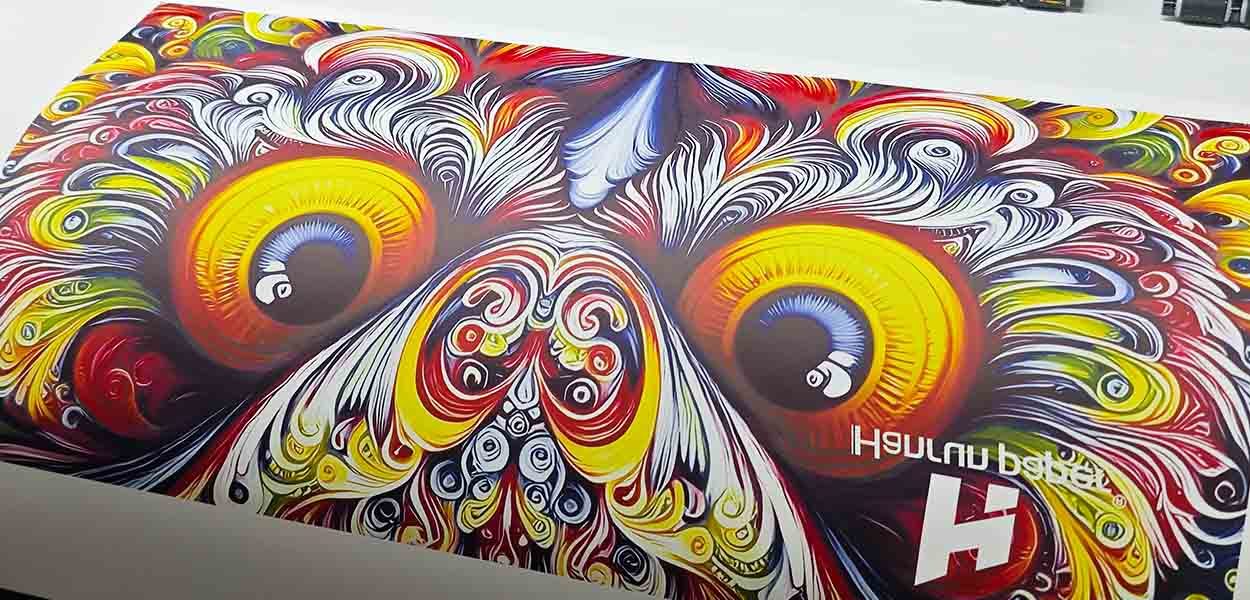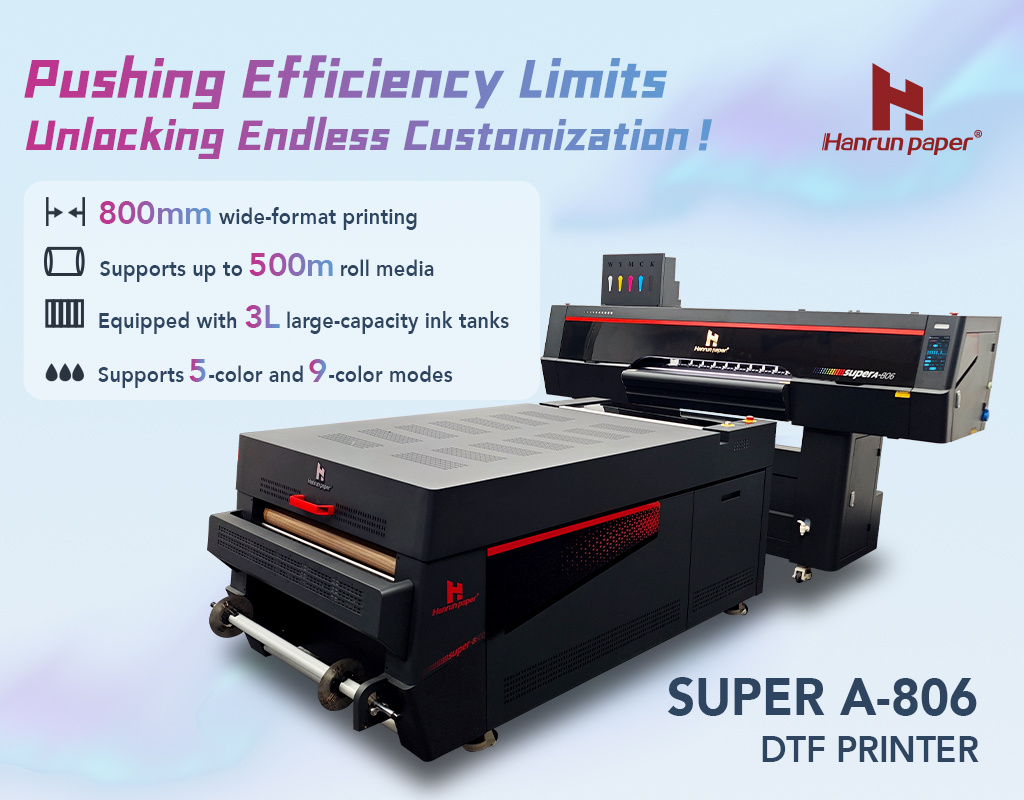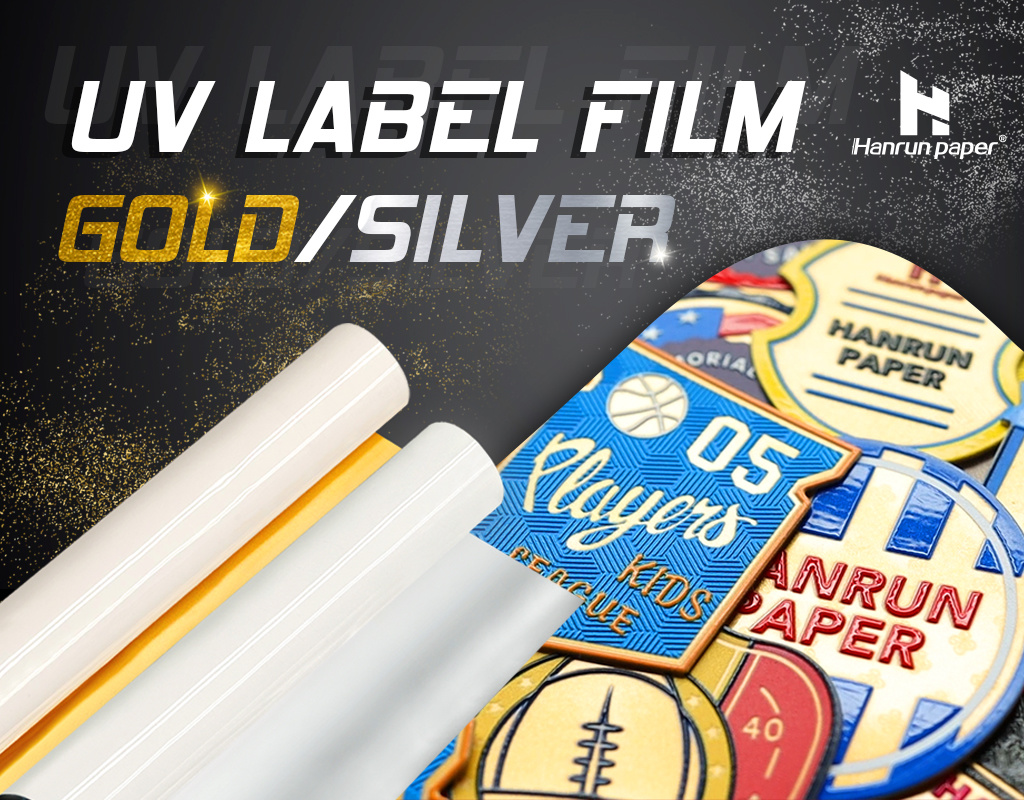What is Sublimation Printing and How Does it Work?
Sublimation is a fascinating physical process where a substance transitions directly from a solid to a gas state, bypassing the liquid phase. This occurs under specific atmospheric conditions, with different elements requiring distinct temperature and pressure settings. This very principle forms the basis of sublimation printing, a revolutionary technique that has transformed the world of customization.
Understanding Sublimation Printing
Sublimation printing is an advanced image transfer method. It involves creating a sublimation print design, which is then transferred from one surface to another using a heat press. The magic lies in the way the ink behaves: it changes from a solid to a gas and bonds with the material at a molecular level. This unique process allows for the creation of high-quality, long-lasting prints on a wide range of materials, including fabrics, ceramics, and metals.
Design Creation
To start the sublimation printing journey, you need to create or select a design. Tools like Canva or Adobe Illustrator are popular choices among designers. When preparing your design for sublimation printing, it's crucial to use high-resolution images, preferably 300 dpi or higher. This ensures that the final print will be sharp and detailed. Many on-demand printing companies offer sublimation printing services, making it accessible for individuals and businesses alike.
The Mechanics of Sublimation Printing
The sublimation printing process requires a few key components: specialized sublimation ink, a sublimation printer, and sublimation transfer paper. This transfer paper is coated with an absorbent chemical layer, designed to hold the ink until it's time for transfer.
Printing the Design
The sublimation printer functions much like a standard printer, but with a crucial difference. It reads a digital file and uses sublimation ink to print the design onto the transfer paper. Once the printing is complete, the real transformation begins.
The Transfer Process
A heat press is then used to transfer the design from the paper to the final substrate. The heat press applies both heat and pressure. When the heat reaches a specific temperature (usually between 350°F and 450°F), the solid ink on the transfer paper sublimes into a gas. At the same time, the heat causes the pores in the substrate material to open up. The gaseous ink then penetrates these pores and bonds with the material. As the material cools, the ink solidifies within the substrate, creating a permanent, vibrant print.
The result of the sublimation printing process is a product with a print that is not just on the surface but integrated into the material. This makes sublimation-printed items highly durable. Unlike other printing methods such as screen printing or direct-to-garment (DTG) printing, where the ink sits on top of the surface and may crack or fade over time, sublimation-printed designs are resistant to cracking and peeling. The colors remain vivid even after multiple washes, making it ideal for items like T-shirts, which are frequently laundered.
However, it's important to note that sublimation printing has its limitations. The process works best with materials that are either 100% polyester, polyester blends (with at least two-thirds polyester content), or those with a polymer coating. For non-fabric items like ceramics or metals, they need to be pre-coated with a polymer to be suitable for sublimation printing. These pre-treated items are known as sublimation blanks.

Advantages and Disadvantages of Sublimation Printing
Advantages
1. Speed: Sublimation printing is significantly faster than many manual printing methods. Since it uses machine-printed transfer paper, the process can quickly produce multiple prints.
2. Efficiency: Unlike traditional printing techniques that may waste ink by spreading it over an entire template surface, sublimation printing only applies ink where it's needed for the design. This results in less ink waste and more cost-effective printing.
3. Durability: As mentioned earlier, the prints are long-lasting. The ink becomes part of the material, ensuring that the design doesn't crack, fade, or peel, even with regular use and washing.
4. Versatility: Sublimation printing can be used on both soft materials like fabrics and hard surfaces such as metals and ceramics, as long as they meet the material compatibility requirements.
5. High-Quality Output: The process, combined with CMYK color processing, can produce prints with a wide range of colors and intricate details. The result is a vivid, high-definition print that stands out.
Disadvantages
1. Material Compatibility: The need for polyester-based or polymer-coated materials limits the range of substrates that can be used. Natural materials like cotton or linen, without proper treatment, are not suitable for sublimation printing.
2. Unsuitable for Dark Fabrics: Sublimation dyes are semi-transparent. When printed on dark fabrics, especially black, the design may not be clearly visible, as the dark background can overshadow the semi-transparent ink.
3. UV Sensitivity: Sublimation ink is sensitive to ultraviolet (UV) light. If items with sublimation prints are exposed to direct sunlight for extended periods, the colors may fade over time.
4. White Fold Marks: During the transfer process, issues such as seams, folds, or unexpected creases in the fabric can cause a problem known as white fold marks. These are areas where the ink fails to bond properly with the material, resulting in uncolored spots.
5. Inability to Print White: Due to the CMYK color model used in sublimation printing, which does not include white ink, white elements in the design are left as the color of the base material. This can be a limitation when a pure white color is required in the print.
Sublimation Printing vs. Other Printing Methods
Sublimation Printing vs. Screen Printing
1. Time and Cost: Screen printing involves creating a stencil on a mesh material, which is a more labor-intensive process compared to simply printing a design on sublimation paper. As a result, the initial setup costs for screen printing are higher. However, for large-scale orders, screen printing can be more cost-effective due to lower per-unit costs.
2. Design Style: Screen printing is well-suited for creating bold, graphic designs. In contrast, sublimation printing excels at reproducing detailed, complex patterns with a wide range of colors.
3. Color Range: In screen printing, adding more colors to a design requires creating a new stencil for each additional color, which can be costly and time-consuming. Sublimation printing, on the other hand, can incorporate any number of colors in a single print. However, the saturation of the semi-transparent sublimation inks may be lower compared to screen printing inks.
4. Durability: Screen-printed designs sit on the surface of the fabric, which may lead to cracking over time, especially with frequent use and washing. Sublimation printed designs, where the ink is integrated into the fabric, are more resistant to cracking.
5. Material Compatibility: Screen printing works well with natural materials like cotton and linen. Sublimation printing, as previously mentioned, requires polyester or polymer-treated materials.
Sublimation Printing vs. DTG Printing
1. Time and Cost: DTG printing, which involves printing directly onto the final substrate using a specialized printer, has a quick setup time. However, the printing process itself is generally slower than sublimation printing. Additionally, DTG printers are more expensive, and the cost per item is often higher.
2. Color Range: Both DTG and sublimation printing can produce multi - colored images with a wide range of hues. DTG printers have an advantage in that they can accept both CMYK and RGB files and can also print using white ink, which is not possible with standard sublimation printing.
3. Durability: DTG prints create a thin layer of ink on the surface of the material, which may crack or peel after extended use. Sublimation - printed T-shirts, for example, are more resistant to cracking due to the ink being embedded within the fabric.
4. Material Compatibility: DTG printing works best on cotton fabrics and is mainly used for textile printing. For other materials like ceramics or metals, a different process such as direct-to-film (DTF) is required. Sublimation printing, with its specific material requirements, can be used on a broader range of materials, including textiles, ceramics, and metals, as long as they are properly pre-treated.

In conclusion, sublimation printing offers a unique set of advantages for creating high-quality, durable prints. While it has its limitations, understanding how it works and how it compares to other printing methods can help you make an informed decision when it comes to choosing the right printing technique for your projects. Whether you're a small business looking to customize products or an individual interested in creating personalized items, sublimation printing could be the perfect solution for you.
Hanrun Paper offers professional sublimation printing solutions with 16 years in sublimation paper. Our full process covers production, quality checks, shipping, and service. Certified by OEKO-TEX and FSC, we ensure reliable, eco-friendly products. Trust us for consistent, high-quality sublimation paper needs.
Contact Us
Global sales e-mail: info@hanrunpaper.com
Global sales WhatsApp: 86 189 3686 5061
Address: No.10 building, Baijiahui Innovation Community, 699-18 Xuanwu Avenue, Nanjing, China
Need Local Support? Find a Certified Hanrun Paper Dealer in Your Area.
Transfer To Digital, Transfer To Future
Hanrunpaper
Contact us

Address:No.10 building, Baijiahui Creative Community, 699-18 Xuanwu Avenue, Nanjing, China













